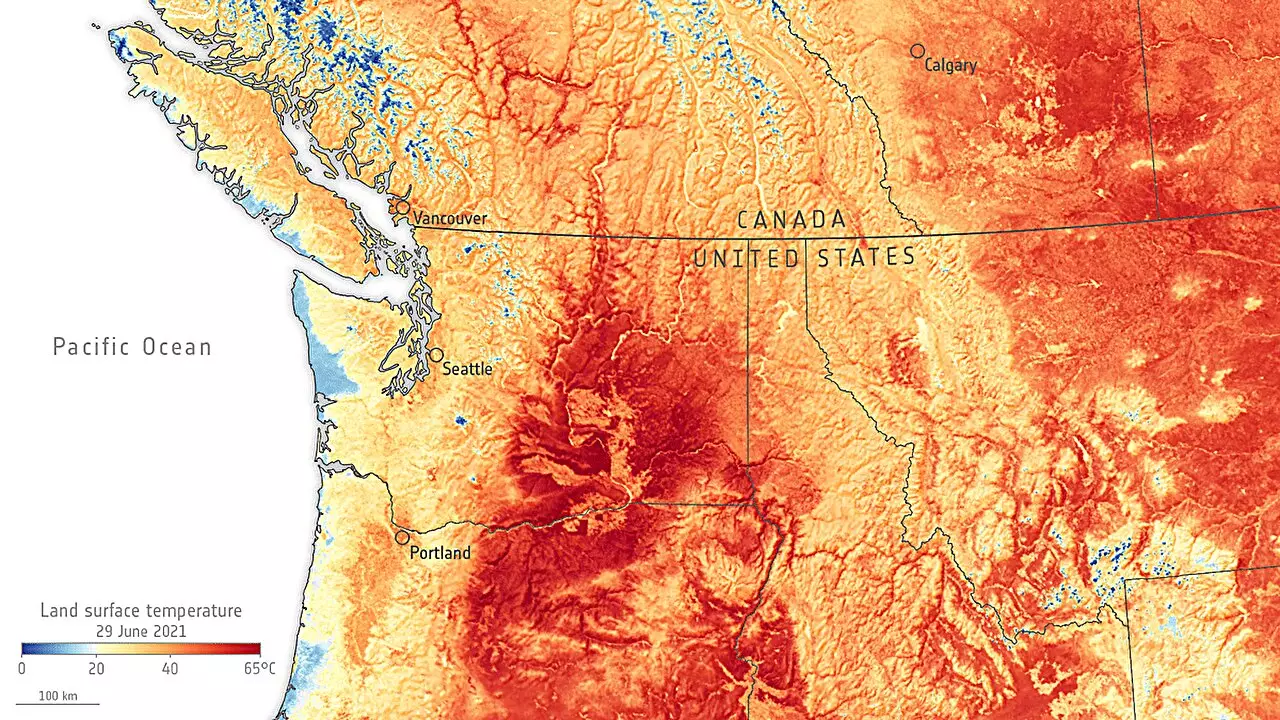Weather forecasting is inherently complex and fraught with uncertainty. Traditional models release forecasts only about ten days in advance due to the chaotic nature of atmospheric conditions. Small variations in temperature or humidity can lead to significant, unpredictable alterations in the forecast. This complexity is evident in extreme weather events, such as the unprecedented heat wave that struck the U.S. Pacific Northwest in June 2021, which had devastating consequences including infrastructure damage, loss of crops, and tragic loss of life. The challenge lies in predicting such conditions accurately and in a timely manner.
Meteorologists often turn to adjoint models, sophisticated tools that assess how inaccurate initial conditions can impact predictions. By evaluating the sensitivity of forecasts to these conditions, meteorologists can optimize their models to reduce error margins. This typically requires substantial financial resources and extensive computational power, with traditional adjoint models only capable of providing reliable forecasts up to five days in advance. While these models have advanced the science of meteorology, their limitations hinder our ability to prepare for significant weather events well in advance.
Recent advancements in artificial intelligence have opened new avenues for overcoming these limitations. Researchers have begun to explore how deep learning techniques can optimize initial conditions for longer-range weather predictions. A study published in the journal Geophysical Research Letters sought to leverage this technology by comparing two deep-learning-based forecasting models: Google DeepMind’s GraphCast and Huawei Cloud’s Pangu-Weather.
In a groundbreaking experiment, researchers used these models to generate forecasts for the June 2021 heat wave. Importantly, they excluded the actual heat wave data from their training set to ensure objective testing of the models’ performance. This methodological rigor aimed to demonstrate the efficacy of deep learning without bias from historical data.
Significant Improvements in Forecast Accuracy
The results were impressive. The application of deep learning methods for identifying optimal initial conditions produced a staggering 94% reduction in prediction errors for the GraphCast model, with similar improvements seen in the Pangu-Weather model. This marks a significant leap forward in the accuracy of 10-day weather forecasts, showcasing the potential of deep learning to revolutionize meteorological practices and extend the forecasting window significantly—up to 23 days in advance.
The implications of these findings are profound, particularly for communities vulnerable to extreme weather events. Enhanced forecasting capabilities may enable better preparation and more informed decision-making, potentially saving lives and reducing economic impacts. As climate change continues to exacerbate the frequency and severity of extreme weather, improved predictive models will be crucial in adapting to these challenges.
The integration of deep learning into weather forecasting represents a significant advancement in our ability to predict and prepare for atmospheric phenomena. It not only illuminates the potential for more accurate forecasts but also highlights the essential need for innovative approaches in confronting the increasing unpredictability of our climate.


Leave a Reply